Bethany Brookshire
Staff Writer, Science News for Students, 2013–2021
Bethany Brookshire was the staff writer at Science News for Students from 2013 to 2021. She has a B.S. in biology and a B.A. in philosophy from The College of William and Mary, and a Ph.D. in physiology and pharmacology from Wake Forest University School of Medicine. She is also a host on the podcast Science for the People, and a 2019-2020 MIT Knight Science Journalism Fellow.

Trustworthy journalism comes at a price.
Scientists and journalists share a core belief in questioning, observing and verifying to reach the truth. Science News reports on crucial research and discovery across science disciplines. We need your financial support to make it happen – every contribution makes a difference.
All Stories by Bethany Brookshire
-
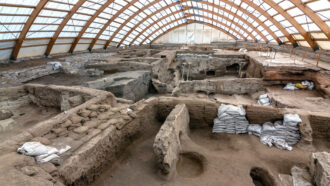 Archaeology
ArchaeologyA tour of ‘Four Lost Cities’ reveals modern ties to ancient people
In the book 'Four Lost Cities,' author Annalee Newitz uses cities of the past to show what might happen to cities in the future.
-
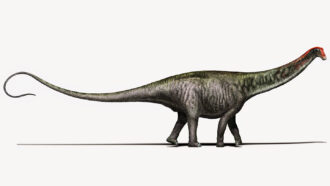 Animals
Animals50 years ago, scientists made the case for a landlubbing Brontosaurus
In 1971, a scientist argued for a landbound Brontosaurus instead of a swampy swimmer. Recent evidence comes from studies of its ancient environment.
-
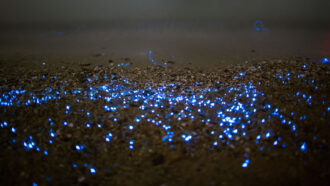 Climate
ClimateOcean acidification may make some species glow brighter
Ocean organisms use bioluminescence for hunting, defense and more. A new analysis shows that declines in water pH might change who glows and how much.
-
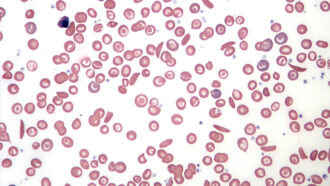 Health & Medicine
Health & Medicine50 years ago, urea showed promise as a sickle-cell treatment
In 1970, scientists found the first treatment for sickle-cell disease. 50 years later, they’re trying to cure it with CRISPR.
-
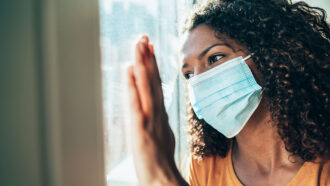 Neuroscience
NeuroscienceLonely brains crave people like hungry brains crave food
After hours of isolation, dopamine-producing cells in the brain fire up in response to pictures of humans, showing our social side runs deep.
-
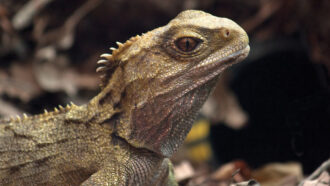 Animals
Animals‘Phallacy’ deflates myths about the penises of the animal kingdom
By touring nature’s many penises, Phallacy author Emily Willingham puts the human organ in its place.
-
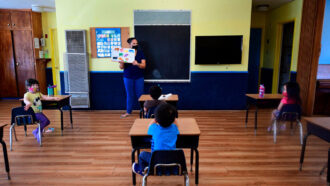 Health & Medicine
Health & MedicineFive big questions about when and how to open schools amid COVID-19
Researchers weigh in on how to get children back into classrooms in a low-risk way.
-
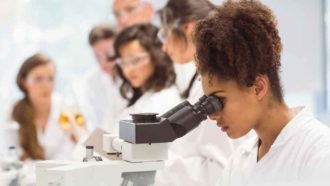 Science & Society
Science & SocietyCollege biology textbooks still portray a world of white scientists
Despite recent efforts to include more women and people of color, it will be decades — or even centuries — before textbooks reflect student diversity.
-
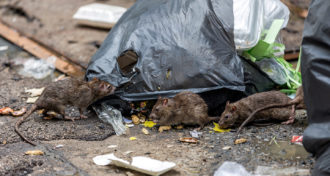 Animals
AnimalsThe ‘ratpocalypse’ isn’t nigh, according to service call data
A new study shows that rat-related reports in New York City went down during COVID-19 lockdowns compared with previous years during March and April.
-
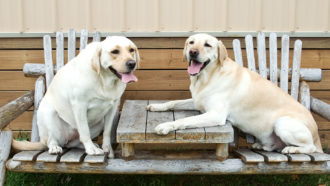 Animals
AnimalsCalculating a dog’s age in human years is harder than you think
People generally convert a dog’s age to human years by multiplying its age by seven. But a new study shows the math is way more complex.
-
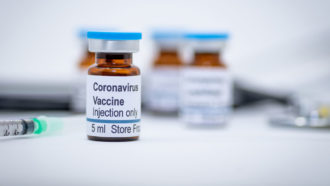 Health & Medicine
Health & MedicineHow making a COVID-19 vaccine confronts thorny ethical issues
COVID-19 vaccines will face plenty of ethical questions. Concerns arise long before anything is loaded into a syringe.
-
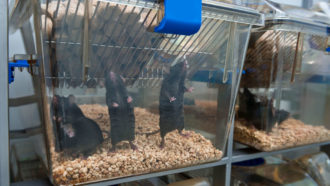 Science & Society
Science & SocietyBiomedical studies are including more female subjects (finally)
In 2019, 49 percent of biomedical research articles had both male and female subjects, almost double the percentage a decade ago.